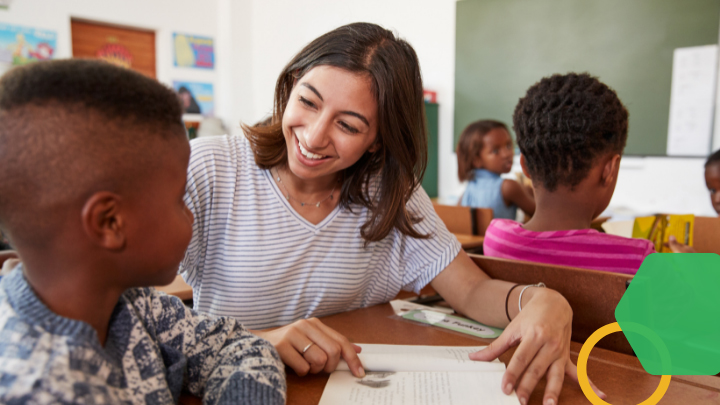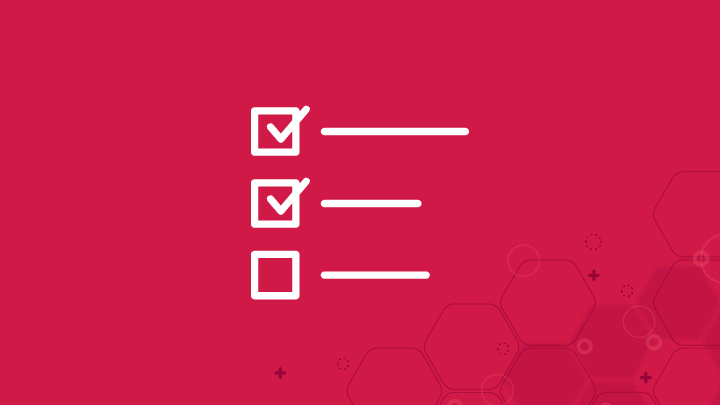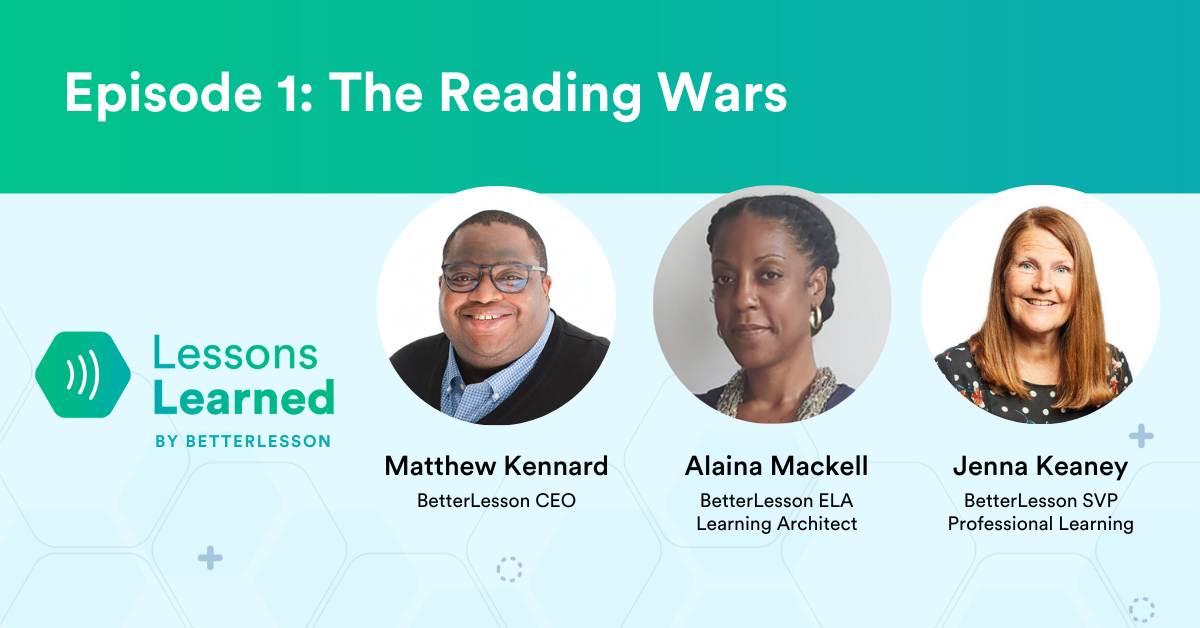This is the first blog in our Newsela student-centered literacy blog series. You can find the second installment here.
I was made for the library, not the classroom. The classroom was a jail of other people's interests. The library was open, unending, free.
Ta-Nehisi CoatesWhen I read this quote, its painful honesty and pinpoint accuracy struck me. I distinctly remember feeling the same way throughout my schooling experience. Reading the mandatory and monotone white male literary canon, responding to generic, “What did the author mean?” questions, listening to my teachers’ listless literary interpretations without being asked to share my own perspectives, let alone to indulge in discussing my thoughts with my peers… yes, that was me—a vulnerable student learning about the world around her through a passive, limited, and biased literary lens.
This experience makes me continually question what literacy instruction looks like in my classroom. I constantly ask myself the following questions and encourage you to do the same:
- How do you foster a culture where students feel uninhibited to share their thoughts about the material read?
- How do you help students navigate through the text?
- Is your questioning intentional and text specific?
- Do you make a conscious effort to set aside time for such an exchange to take place on a daily basis?
- How do you encourage students to question, wonder, hesitate, prove, disprove, or validate each other’s perspectives when interacting with any text?
- What steps do you take to build a community of reflective readers in your classroom?
The ultimate goal of reading instruction is to equip students with tools that will enable them to make sense of the ideas presented in any text. As teachers, we need to create meaningful and engaging opportunities for students to actively interact with text through reading, writing, listening and speaking. How do we enable students to dig deeper and think more critically when interacting with text? Well, allow me to share a few tips that made me more cognizant of the effectiveness of my own instructional strategies when helping my students immerse themselves in any text.
Inside, Not Outside
Effective reading instruction must involve reading, writing, listening and speaking grounded in evidence from the text. As delineated in the “Understanding Text Dependent Questions” presentation by achievethecore.com, our goal, as reading teachers, is to create meaningful opportunities for students to interact with the text and not outside of it. Therefore, our questioning techniques should be text-specific and text-dependent. Any type of classroom discussion during reading should call for references from the text, otherwise it privileges only those who already have background information about the topic.
One way to learn how our students process text (which consequently informs and guides our questioning) is by utilizing a user-friendly Newsela.com feature such as making annotations. Students interact with the text by jotting down their thoughts, wonderings and reflections which can later be used during a peer, group of class discussion. The editable Newsela Write Prompt can also be utilized to reflect text specific questioning to ensure that students ground their thinking in the context of the text.
Question Your Questions
We are all guilty of not being 100% prepared for each and every lesson. We all wish we could devote our planning time to solely working on familiarizing ourselves with the text and designing quality text dependent questions. But, the truth is, we often do it on the spot. When was the last time you critically examined the quality of your own questioning? Thankfully, there are quick and easy resources that you can utilize to help you become a more intentional question designer as you help students navigate through the text. Use the achievethecore.com Questioning Rubric when creating your questions to ensure they are higher order and text specific meaning they require direct reference to the text to support one’s answer. Being consistent and intentional in your question design will also serve as a model for your students to use during Literature Circles or (partially) Socratic seminars making discussions more rigorous and grounded in text.
Re-Read It, Think It, TALK It, Write It
According to U.S. Department of Education, Extended Discussion of Text Meaning and Interpretation, discussions are powerful tools that can aid to students’ comprehension if executed properly. “In effective discussions students have the opportunity to have sustained exchanges with the teacher or other students, present and defend individual interpretations and points of view, use text content (…) and reasoning to support interpretations and conclusions, and listen to the points of view and reasoned arguments of others participating in the discussion.”
At the same time, challenge yourself to look at the concept of discussion through non-conventional lens. Set aside the traditional discussion format (sitting in a group, taking turns sharing thoughts) and surprise your students with a jig-saw, or a speed dating format, for a change!
Jigsaw Strategy
The Jigsaw strategy allows all readers to become experts on a text or Newsela Text Set and then teach and learn from others in cooperative groups. First, a student becomes an expert on one text. Then, the student joins a second group where each member is an expert on a different text. Students learn from one another and use their shared knowledge to gain a deeper understanding of content.
Speed Dating
Speed Dating is a discussion strategy that allows students to engage in several short discussions around a specific topic—from a factual conversation about a text to a discussion in which students share evidence-backed opinions on a topic. In this strategy, students read and annotate articles to learn about content material and annotate the articles in order to identify important information about an assigned topic or a topic of their choice. They then engage in sustained and focused one-on-one conversations about the content they learned with a variety of partners by responding to teacher-developed prompts or questions.
Tag, you’re it!
The only way to find out how intentional questioning and discussion impacts your literacy instruction is to… actually do it! Consider checking out a few examples of various Newsela embedded discussion formats on BetterLesson.com such as Jigsaw Reading and Using multimedia to teach a topic to give you a better understanding of what it entails.
Like with any new routine, follow the same implementation guidelines:
- Invite students to create a discussion protocol (do’s and don’ts)
- Model, model, model discussion formats (provide examples and non-examples)
- Utilize the Guide to Creating Text-Dependent Questions from Achieve the Core to create meaningful questions for your students to use
- Select quality text or text sets to encourage student choice (consider using Newsela which offers an array of topics at various reading levels)
And if it doesn’t work the first time the way you envisioned it, don’t give up! Reflect, rethink, regroup and start again!
Potential Roadblocks
What if you have a student who is reluctant to open up in a group or a whole class forum? Go digital! In my experience, I noticed that many students tend to be more willing to share their thoughts on an online forum without the fear of being criticized, ignored or not validated. Digital platforms (e.g., Canvas, Google classroom, Seesaw, Flipgrid, or Padlet, to name a few) provide a much needed alternative for students who may need more time to process their thinking, or whose written expression is their preferred outlet for self-expression.
Canvas, for example, promotes safe online discourse through its Discussion option. Upon assigning a topic or a question to reflect on, students share their thoughts (with or without an option of viewing others’ responses before posting). They can then read and respond to their peers’ reflections and participate in a dialogue without being interrupted or hindered by their own inhibitions.
Flipgrid and Seesaw enable students to record an audio, which may be more appealing to certain students who do not feel comfortable in expressing their thoughts in writing. A recorded audio exchange among students is always fun and interactive and enables students to share a polished version of their responses without the fear of making mistakes on a public forum. Like in a case of any traditional discussion, make sure you create a digital discussion protocol with your students which all participants will agree to abide by.
Effective reading teachers challenge students to stretch their thinking horizons, equip them with tools to effectively construct meaning from any text, create experiences that allow students to fully and freely interact with the text through reading, writing, speaking and listening and inspire them by exposing them to a variety of reading experiences by selecting relevant, current, and diverse texts. In doing so, they are purposeful in their questioning design. They also create various opportunities for students to discourse, share, and question their perspectives and interpretations in a safe environment. Strive to make your classroom “open, unending, and free” so that every student has a chance to be engaged in material relevant to them and feels uninhibited to express one’s reflections.
If you would like further support to implement questioning and discussion in a literacy classroom, a BetterLesson Instructional Coach can help you get started.







